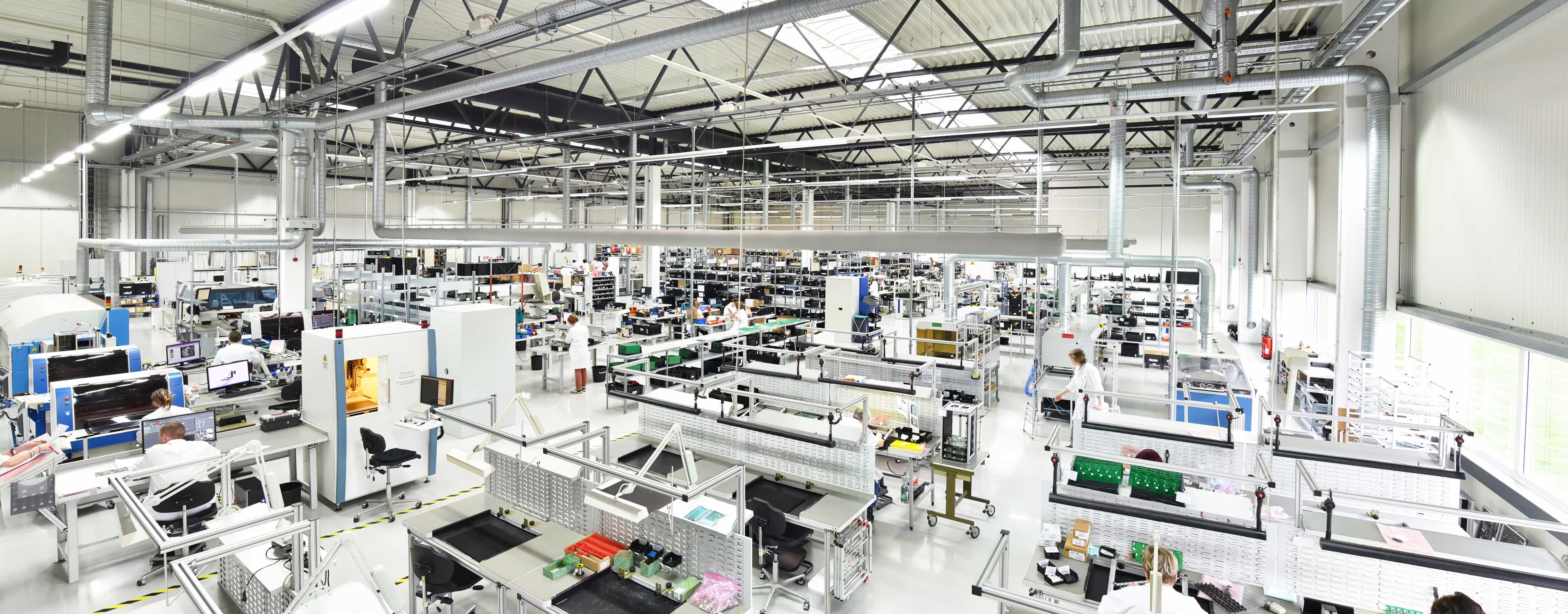The most common question I am asked when meeting a client is this: “What impact will Demand Flow Technology have on my business?” My response is that, on average, businesses will see improvements of 41% in working capital, 9% in customer service levels and 8% in the cost of goods sold (COGS). However, before we start talking about what impact Demand Flow Technology has on a business, we must first understand what it is. How is Demand Flow Technology defined? How is it used?
Demand Flow Technology (DFT) is a scalable and comprehensive, mathematically-based business improvement strategy that drives high levels of response capability, lead time compression and enables manufacturers to more effectively meet the needs of their customers on a daily basis. It balances customer demand with advanced planning strategies and response capabilities of factories and supply chains to deliver speed and response to the customer. DFT drives substantial cost and productivity improvements through the use of a structured, mathematically-based toolset to simulate and design mixed-model production flow lines and to define optimized inventory requirements at each node of the entire supply chain, enabling strategic inventory reduction to deliver world-class customer service. This creates a shift in the fundamental production strategy that forms the foundation for a responsive organization. Demand Flow Technology is the science behind the flow and pull techniques utilized by today’s leading manufacturers. This was summed up a few years ago by the former Chairman and CEO of GE, Jack Welch, who stated that “DFT is an absolute business discipline…it’s another way to simplify the business.”
As we all know, customer demand is extremely variable, and at times it is often volatile, requiring business operations to maintain customer service levels through the deployment of inventory buffers throughout production as well as in Finished Goods. Where Demand Flow Technology excels is by providing the math and science to synchronize and balance every manufacturing process with changing customer demand requirements. It utilizes mixed-model flow with optimized resources within manufacturing supported by dynamic material replenishment strategies to achieve a faster and repeatable response to daily demand. With a more repeatable response cycle that is synchronized to the daily demand, global organizations are transformed and gain control of unbalanced production environments with high levels of inventory and ever-increasing operational costs.
Implementation begins in the factory removing it as the key variable causing poor customer response. In fact within the factory, DFT is first implemented at the point closest to the customer within assembly lines, paint, test and pack before moving upstream to feeder environments such as machine shops and SMT lines. We start with the production processes closest to the customer as the benefits of speed and response gained here from significant lead time compression will almost immediately be seen by the customer. If we were to start in the machine shop, the majority of benefits gained would be lost through subsequent rescheduling and queuing before the final product can be dispatched to the customer. Once all manufacturing environments are in a flow, the facility will then be driven to actual customer demand and it will now be agile and adaptive to changes in mix and volume on a daily basis.
Implementation of Demand Flow Technology doesn’t end here, it is a business strategy, not just a manufacturing methodology. The same toolset utilized in the factory to compress production lead times can be applied to other business processes. Order entry and configuration, credit card processing, and document control are all examples within administrative business processes where DFT has supported further benefits in responding to the customer with greater speed and response.
In summary, this is what the Demand Flow Technology business strategy looks like. In part two, we will look at how we need to change the way we manage a business post-implementation.
Read further in this blog series: Demand Flow Technology Impacts Your Business Part 2
Newsletter Sign-Up
Keep up-to-date on what’s happening in our Demand Driven World. Get information manufacturing and supply chain topics as well as news on client achievements, up and coming training events and other interesting stuff!


